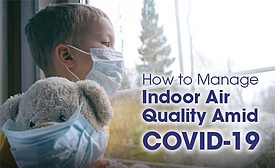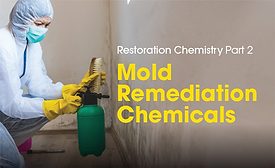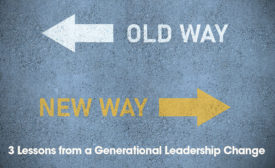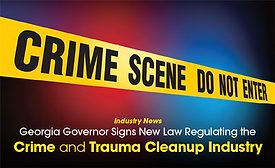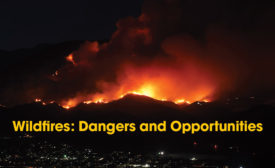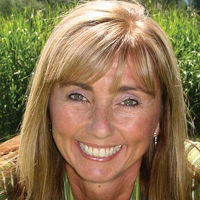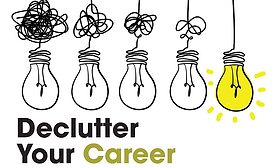Home » Publications » Restoration & Remediation Magazine
Restoration & Remediation Magazine
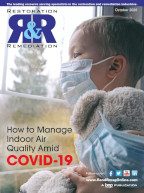
2020 October
Cover Story
Back to TopFeatures
Back to TopTrying to Get in on Mergers and Acquisitions?
Answer These Questions to Make Your Business Stand Out
Read More
News
Back to TopStay ahead of the curve with our eNewsletters.
Get the latest industry updates tailored your way.
JOIN TODAY!Copyright ©2025. All Rights Reserved BNP Media.
Design, CMS, Hosting & Web Development :: ePublishing
